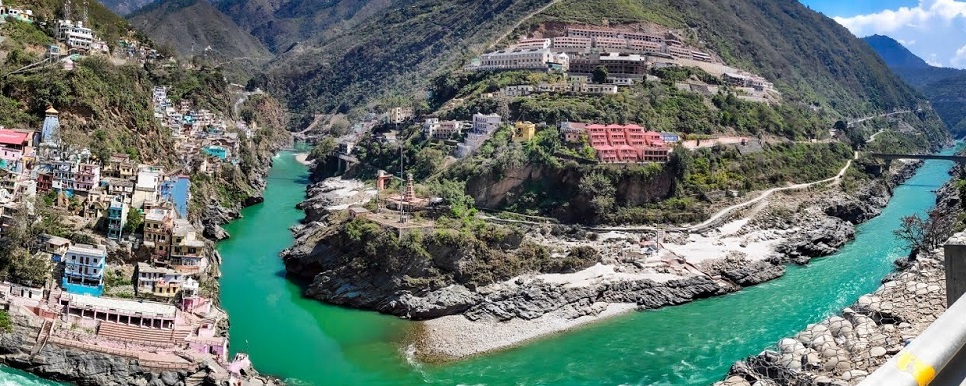The Chardham Yatra, a sacred pilgrimage in the heart of the Himalayas, beckons devout Hindus to embark on a spiritual journey that transcends time and space. Comprising four revered destinations — Yamunotri, Gangotri, Kedarnath, and Badrinath — the Chardham Yatra is a transformative experience that combines natural beauty with profound spirituality. In this blog post, we will delve into the top five must-visit destinations on your Chardham Yatra, each offering a unique blend of religious significance and scenic splendor.
Yamunotri:
Commencing the Chardham Yatra, Yamunotri stands as the source of the sacred Yamuna River. Nestled amidst the Garhwal Himalayas, this divine destination is graced by the Yamunotri Temple, dedicated to Goddess Yamuna. Pilgrims undertake a trek through picturesque landscapes to reach the temple, where the hot springs of Surya Kund offer a rejuvenating experience. The spiritual aura of Yamunotri, combined with its natural beauty, sets the tone for the soul-stirring journey ahead.
Gangotri:
The second stop on the Chardham Yatra is Gangotri, the birthplace of the holy Ganges River. The Gangotri Temple, dedicated to Goddess Ganga, is a focal point for pilgrims seeking spiritual solace. Surrounded by the snow-clad peaks of the Garhwal range, Gangotri's serene ambiance provides a tranquil setting for prayers and reflection. The sacred Bhagirathi River, originating from the Gangotri Glacier, adds to the sanctity of this hallowed destination.
Kedarnath:
As the Chardham Yatra progresses, Kedarnath emerges as a pinnacle of spirituality and devotion. The Kedarnath Temple, dedicated to Lord Shiva, is perched at an altitude of 3,583 meters amidst the breathtaking Kedar Valley. Accessible through a challenging trek or helicopter ride, Kedarnath captivates pilgrims with its divine aura and panoramic views of the Himalayas. The resonating sound of bells and chants echoes through the valley, creating an atmosphere that transcends the physical realm.
Badrinath:
The fourth and final destination on the Chardham Yatra is Badrinath, the abode of Lord Vishnu. The Badrinath Temple, situated along the banks of the Alaknanda River, is surrounded by lofty mountains, including the Neelkanth Peak. The temple's intricate architecture and vibrant religious rituals draw pilgrims from far and wide. Badrinath's spiritual significance is further enhanced by the hot springs of Tapt Kund and the breathtaking Mana village, believed to be the last inhabited village before the Indo-China border.
Rudraprayag:
While not one of the Char Dhams, Rudraprayag serves as a crucial junction on the Chardham Yatra route. It is the confluence of the Alaknanda and Mandakini rivers, and the mesmerizing scenery adds to its allure. Pilgrims often take a moment to absorb the spiritual energy at Rudraprayag, connecting with the divine forces flowing through the sacred rivers.
Conclusion:
Embarking on the Chardham Yatra is not just a physical journey; it's a profound spiritual experience that weaves together the threads of devotion, nature, and transcendence. The combination of Yamunotri, Gangotri, Kedarnath, Badrinath, and Rudraprayag forms a tapestry of spiritual exploration, inviting pilgrims to immerse themselves in the divine essence of the Himalayas. As you traverse these sacred destinations, let the Chardham Yatra be a transformative pilgrimage that nourishes your soul and leaves an indelible mark on your spiritual journey.


